Starting Demon’s Souls Remake After Elden Ring Probably Was A Mistake

Highlights
- Demon’s Souls Remake is an unforgiving game with punishing mechanics and a tough World Tendency system.
- The title features some outdated mechanics, such as gear degradation and a lack of a proper trade system.
- Regular enemies can be more challenging than bosses, and the game requires grinding and re-rolling levels to progress.
Elden Ring marked my initiation into the FromSoftware gaming universe, and I must say, no regrets there. Now, with the firm grip of this distinctive formula still lingering, I ventured into Demon’s Souls—the very first game released back in 2009, laying the groundwork for an entire genre. Fortunately, I didn’t have to dig up a PS3 to dive into it, thanks to Sony’s remake for the PS5.
However, Elden Ring didn’t exactly prepare me for what awaited, and I quickly realized that Demon’s Souls is possibly one of the most unforgiving games I’ve ever played.
A Hostile Greeting
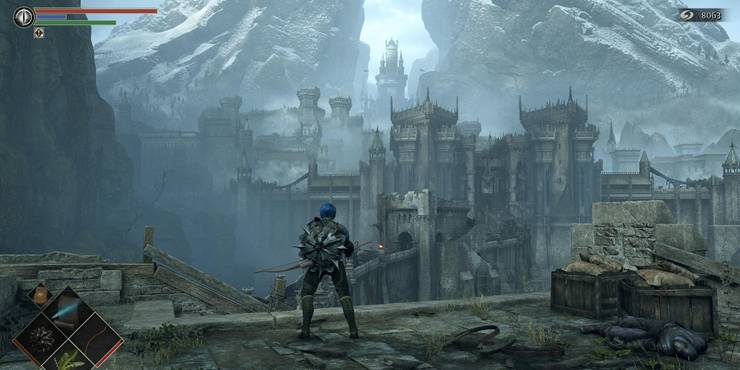
Demon’s Souls wastes no time in ramping up the difficulty. Right from the start, you grapple with cruel mechanics, such as navigating mostly in soul form, limiting your HP to just half of its total. Additionally, forget about using any armor heavier than light leather sets due to the equip burden system. Anything weightier leads to cumbersome fat rolls and sluggish stamina recovery, making it nearly impossible to evade enemy attacks.
Then there’s the World Tendency system, capable of transforming your playthrough into a genuine nightmare. The more you die, the harder the game becomes, ensnaring you in a perpetual cycle of death by unleashing tougher and more aggressive foes. Despite offering unique events, areas, and powerful rewards, World Tendency could be rather punishing, especially for less-experienced players in the early stages.
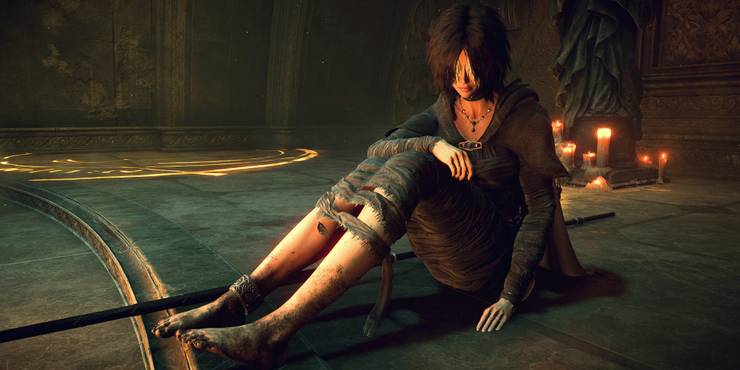
Demon’s Souls is a faithful remake, sometimes excessively so, with certain aspects pleading for modernization. The gear degradation system is rough, compelling you to regularly spend your hard-earned souls on repairing your weapons and armor instead of leveling up to get straight-up stronger. The absence of a proper trade system, where you can buy from merchants but they won’t buy from you, doesn’t help either. Finally, the overly intricate weapon upgrade system that demands a multitude of various smithing stones for each specific weapon forces hours of grinding. While Elden Ring also features similar mechanics, it unifies the process with just two types of stones (instead of a dozen) suitable for every weapon. And forget about merging smaller ones into bigger gemstones, as seen in Diablo.
Nearly every encounter seems designed to punish you in some way, like the potentially great but brutal idea of placing an impostor at the Nexus hub (think Elden Ring’s Roundtable Hold). This impostor gradually slaughters key friendly NPCs in your safe haven as you progress. Sounds cool, yet this can permanently lock you out of some content unless you make a habit of routinely checking in and talking to everyone. I managed to lose two allies to Yurt, the Silent Chief, before exposing his crimes.
Boss Fight, Or Puzzle?
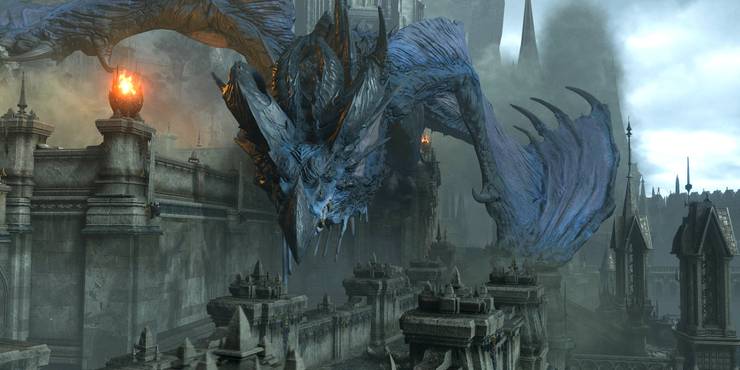
Bosses in Demon’s Souls resemble puzzles, rather than the direct fights in Elden Ring. It’s akin to Shadow of the Colossus, with each adversary hiding a secret of how you need to cook them. Once you grasp that, they become almost trivial for future runs, but uncovering this trick might take a while—especially with the need to restart the entire level to try again. Moreover, the road to each boss is quite lengthy, somewhat diminishing the enthusiasm to experiment with various weapons and tactics against them. The most enjoyable fights often occur against adversaries that don’t rely on gimmicks, such as Flame Lurker, Maneater, Penetrator, and Old King Allant.
I admit, I’m still not very good at these kinds of games, so, just like in Elden Ring, regular enemies sometimes prove more menacing to me than bosses. The ones that caused me the most trouble here, resulting in half of my total deaths, were the huge and unbelievably fast Giant Depraved Ones of the swamps and the tricky Mind Flayers of Latria (basically Illithids from Baldur’s Gate 3). The latter are particularly annoying as they show up fairly early in the game with one-shot magic attacks at close range and hefty health pools. The Prison of Hope, featuring its fairly easy Fool’s Idol boss, turned out to be the level I struggled with the most, unable to avoid direct confrontation with my nemeses.
Not Hard But Grindy
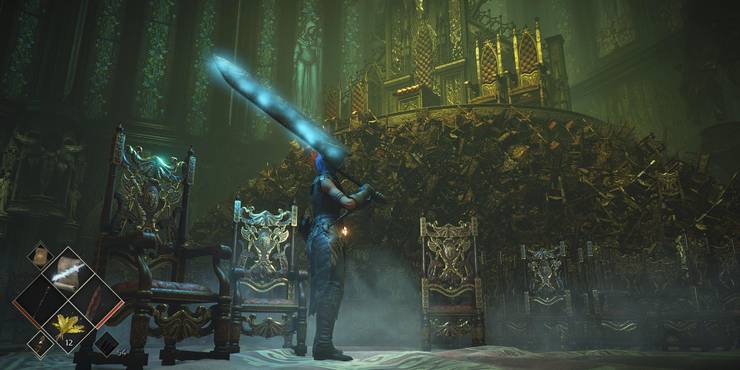
In truth, Demon’s Souls isn’t that challenging; it’s just grindy. The first few hours might seem like a nightmare due to non-obvious and punishing systems, strong enemies you haven’t figured out how to handle yet (though their AI is broken and easy to exploit), and a weak character lacking access to weapons, spells, and resources. However, things change dramatically a few hours later. You go from being extremely weak to almost overpowered quickly, assuming you spend your souls wisely, refine your combat build and weapon of choice, and check out some guides online.
The game heavily leans on consumables, bombarding you with various items. As a player who absolutely despises consumables, I opt for the bare minimum, potentially making it even harder for me. Additionally, there are no healing flasks; you rely on grass to recover health, akin to Resident Evil. However, the Moon Grass system feels ill-suited for such a game. You can amass too much grass, making some areas almost trivial, or have none at all, necessitating grinding in earlier locations or buying it at a high price. Like every other item, grass has weight, forcing you to consider what to carry. Luckily, this healing system was entirely scrapped in subsequent games.
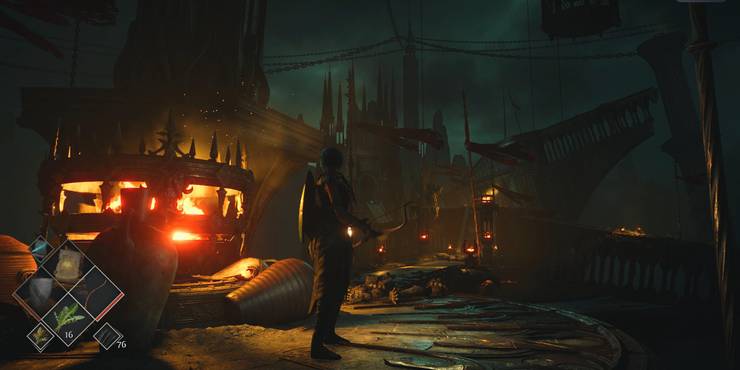
The game’s claustrophobic location design also feels like a throwback to the old days. There’s barely enough room to navigate these thin bridges that you’re forced to confront enemies on. The clunky lock-on system frequently leads to you falling down along with an enemy you just knocked off the slippery ledge. Many spaces are so cramped that swinging oversized weapons results in hitting a wall and canceling your attack, making me wonder why they couldn’t have included some innovative direction attack system into the remake.
Should You Play It After Elden Ring?
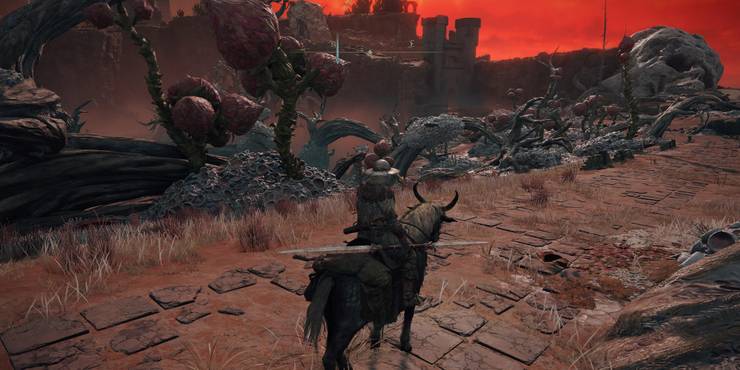
Playing Demon’s Souls right after Elden Ring was an interesting experience, but it was definitely a shock going back to a game that—remake or not—represents an older, less refined approach to that iconic FromSoft design. No matter how visually stunning this remake is, mechanically, things have evolved significantly over the past decade since the original, and it really shows. FromSoft’s latest emerges as a more approachable and rewarding game, incorporating meaningful changes at every turn that simplify interaction without compromising difficulty in all the right places.
Arguably, the most notable contrast lies in the world of Boletaria, which fails to capture the well-realized essence of the Lands Between. Boletaria appears more as a collection of tiny, maze-like levels lacking a cohesive theme. While these levels harbor secrets due to World Tendency, they fail to evoke the sense of an epic journey, a quality I cherished in Elden Ring. Moreover, due to not being an open-world game, be aware that Demon’s Souls provides extremely limited options to deviate from the main path to find better gear or become stronger while exploring.
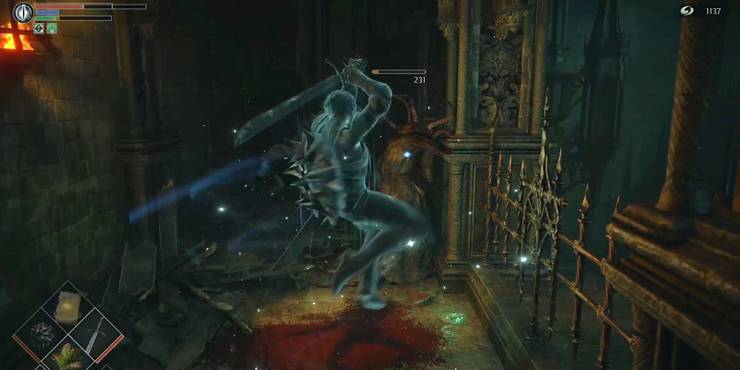
Nevertheless, Demon’s Souls possesses that undeniable allure—a certain magic that propels you to overcome all odds, persist in the struggle, and endure repeated deaths until ultimate success. It may be tough as nails, yet it gives you just enough tools for each obstacle if you are willing to learn and pay attention to its not-so-obvious hints. Now, onto the pressing matter—I still haven’t decided what to embark on next: Dark Souls, Sekiro: Shadow Die Twice, or Bloodborne.


